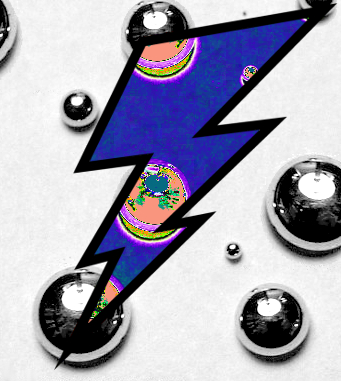Tech plan offloads solar
 The Energy Minister has suggested research programs into wind and solar could be dumped.
The Energy Minister has suggested research programs into wind and solar could be dumped.
Federal energy minister Angus Taylor has flagged changes during a speech in which he announced the government’s new ‘Technology Investment Roadmap’.
The investment scheme favours emerging technologies in hydrogen, lithium, and methods for reducing or storing greenhouse emissions from major industries.
“The Technology Investment Roadmap is the cornerstone of our long-term emissions reduction strategy,” he said.
“It will provide guidance to the public and the private sector on what future energy and emissions reduction technologies the Government will prioritise.”
Mr Taylor says the Commonwealth has invested $10.4 billion into more than 670 clean technology projects, but will now change direction.
“We must move our investments to the next challenges,” he said.
“Hydrogen, carbon capture and storage, lithium and advanced livestock feed supplements, to name a few.
“We must be comfortable changing horses mid-race if they don't perform as expected.”
Mr Taylor said the new scheme would focus on value-for-money investments, and rely heavily on the private sector.
“For every dollar invested I want to see four or five dollars from the private sector following over the course of our investments,” he said.
The roadmap sets goals to assess the cost for new technology and its commercial viability.
“The goal for each technology is to approach economic parity or better,” Mr Taylor said.
“Which means the shift to lower emissions is zero cost or low cost.”
Mr Taylor pointed to liquid natural gas (LNG) exports as an example of an energy product that displaces more carbon-intensive alternatives overseas, reducing emissions.
“It's a peculiar feature of the global carbon accounting system that countries producing a product for another customer country wear the emissions associated with that product,” he said.
“Our LNG exports have the potential to reduce global emissions by up to 163 million tonnes.”
Reducing emissions from livestock is expected to become a major target of the new study, with methane from livestock already making up 7 per cent of Australia's total greenhouse gases.
Methane has 25 to 30 times more warming potential than carbon dioxide in the atmosphere.
CSIRO is working on new supplements for sheep and cattle to reduce methane-producing bacteria in the animal's rumen.
The Federal Government has ruled out setting a renewable power target, and will now take its more generalised emissions reduction strategy to the Glasgow COP26 summit later this year.
The Clean Energy Council has described the new measures as a “roadmap to nowhere”, criticising the Government for making such efforts to prolong the role of fossil fuels in the energy market.
“Carbon capture and storage is incredibly expensive,” spokesperson Greg Bourne said.
“Hydrogen produced using renewables is a good idea, but the Government has hinted it will use fossil fuels to make hydrogen.
“While the Government sidelines investment in clean and affordable renewable energy, this roadmap will lead to more fires, higher power bills, stranded assets and ultimately job losses.”
The Australia Institute says the Federal Government is “using unsuccessful technologies like Carbon Capture and Storage as a smokescreen for the expansion of high-polluting fossil fuel production.”







 Print
Print